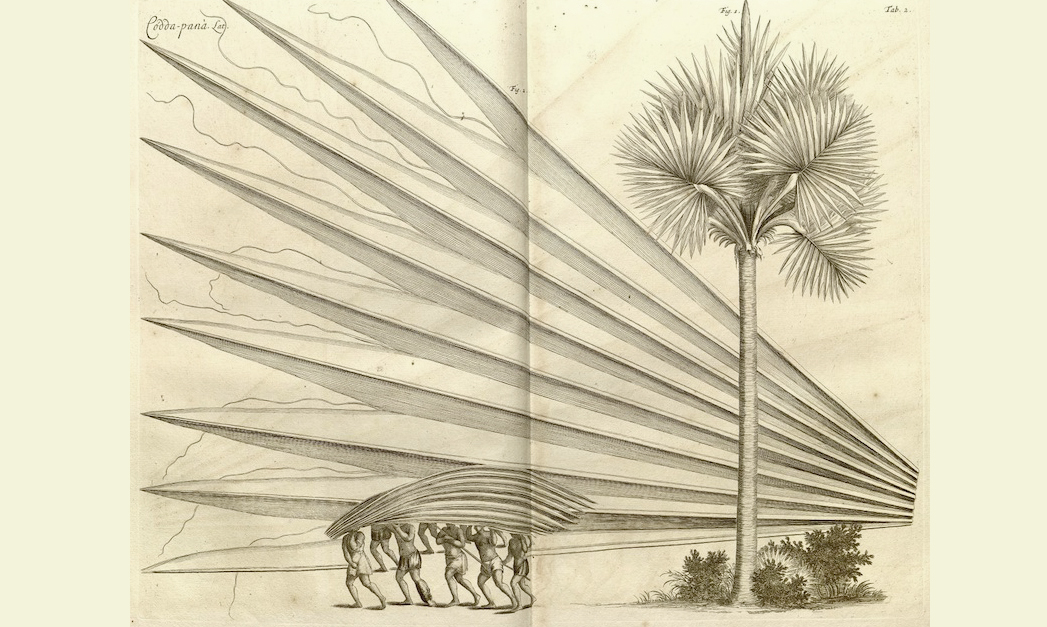Notes
1
A literal translation of the Chinese zhíwùrén, referring to someone in a vegetative state. —Trans.
2
The "involuntary nervous system" is also known in Chinese as the zhíwù shénjīng, or vegetative nervous system. —Trans.
3
The "voluntary" nervous system is also known in Chinese as the dòngwù shénjīng, or animal nervous system. —Trans.
© 2015 e-flux and the author
